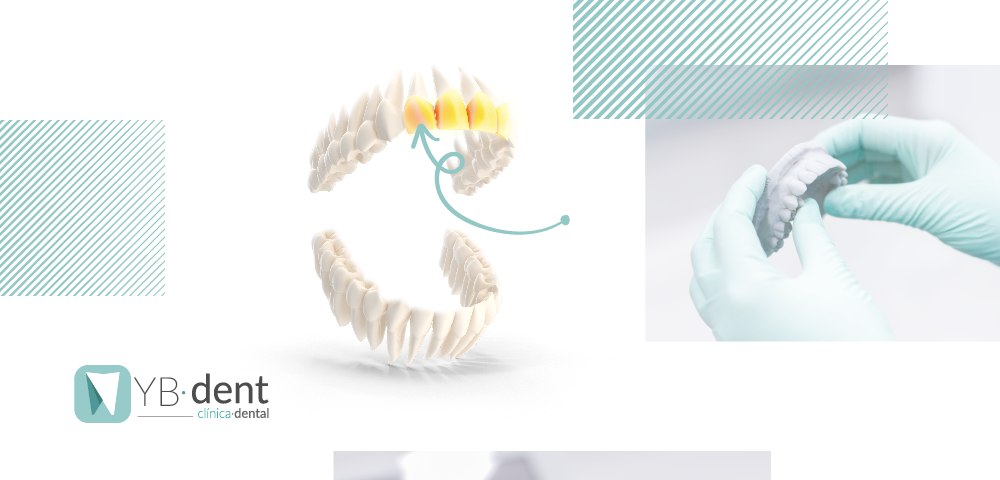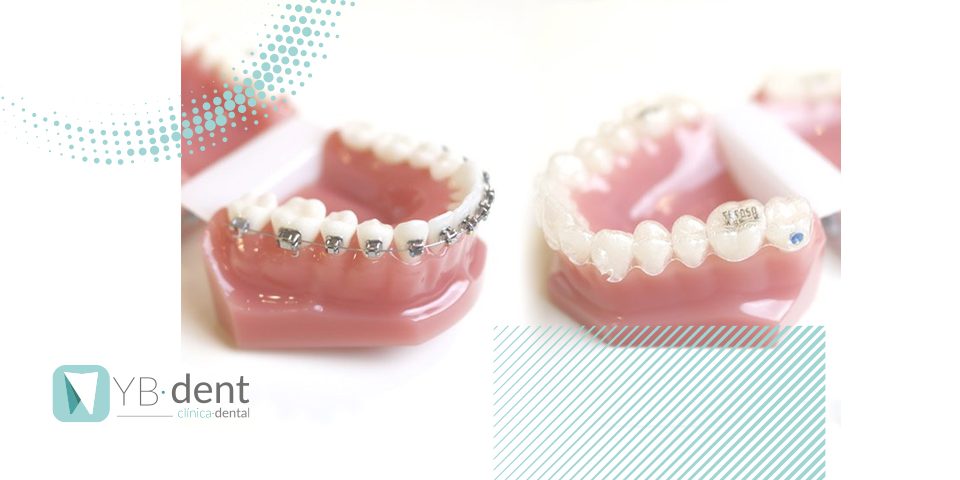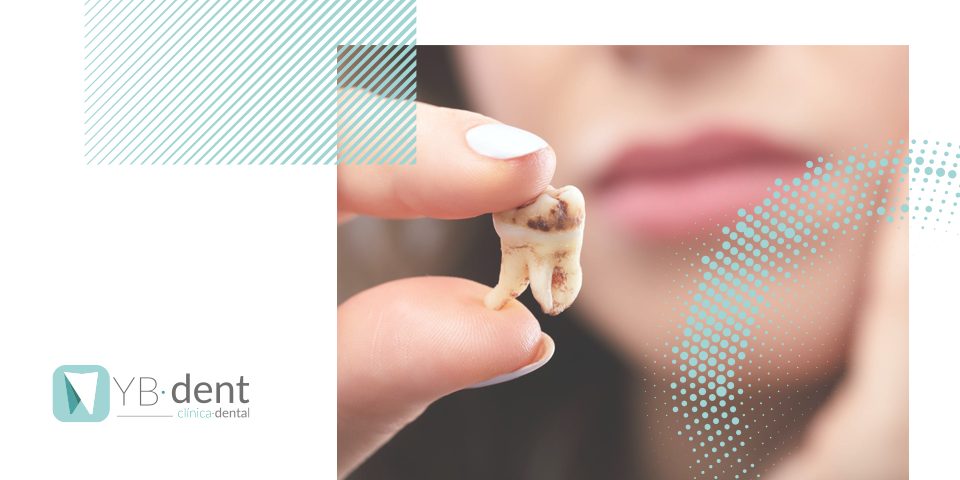Peligros de las fundas de oro en los dientes

Peligros de las fundas de oro en los dientes
Las grandes estrellas de la música son capaces de revolucionar el mundo y marcar tendencia con todo aquello que se pongan, por muy extravagante que sea o, incluso, peligroso. De esto último es lo que cantantes de la talla de Rosalía o Madona han sorprendido a todos, fundas de oro para los dientes.
La cantante, mundialmente conocida, Rosalía ha sorprendido en Los 40 Music Awards, los Grammy Latino y en su último videoclip con una funda dental de oro, luciendo así una sonrisa llena de brillos y destellos, aunque no es la mejor opción para lucir una bonita sonrisa.
Aunque la cantante Rosalía no es la única persona conocida que ha lucido este tipo de accesorio en los dientes, ya que famosos como Madonna, Kim Kradashian, Chris Brown, Rihanna, Kanye West o Lil Wayne han usado este tipo de fundas para lucir unos dientes dorados.
El uso de fundas de oro proviene de una costumbre del mundo del hip-hop y se utilizan como símbolo de estatus y riqueza desde la década de los 80. A pesar de ello, las fundas de oro en los dientes pueden poner en riesgo la salud bucodental.
Riesgos de las fundas de oro para la salud bucodental
Este tipo de modas suelen ser la mayoría de veces bastante peligrosas y, por tanto, no son nada recomendables. El problema aquí reside en que quien lo pone de moda son celebrities altamente reconocidos y con millones de seguidores que desean seguir sus pasos e imitan todo lo que llevan, ya que son modelos a seguir para ellos. Por eso, la viralización de estas fundas de oro como accesorio dental puede causar un gran peligro en la sociedad.
Este tipo de tendencias pueden tener enormes consecuencias para la salud y es algo con lo que no se debe jugar. Las fundas de oro son estructuras metálicas que se colocan sobre los dientes sobredimensionando su volumen y generando microtraumatismos. Además, también causa la inflamación de la encía por la sobre carga que lleva este tipo de aparato. En cuanto a las coronas de oro, pueden originar una enfermedad gingival grave si no se ajustan de una forma correcta y adecuada.
Es muy probable que este tipo de accesorios estén prefabricados y no siempre estén colocados por un especialista como lo es un dentista, por eso pueden surgir diversos problemas de salud bucal.
Además, a los problemas que puede generar en la salud bucodental estas fundas de oro también se le añaden la enfermedad periodontal, la caries dental, las roturas de los dientes y las alergias de contacto. Si después de saber y tener conocimiento de los posibles problemas que puede ocasionarnos la colocación de estas fundas de oro en los dientes aún tenemos interés en decorar nuestros dientes existen opciones más seguras que pueden prevenir complicaciones posteriores serias. Como por ejemplo un adorno de oro que se adhiere a alguno de los dientes frontales y que se realiza por un dentista profesional que enseña al paciente sobre su correcto mantenimiento y las posibles complicaciones que puede ocasionar.



